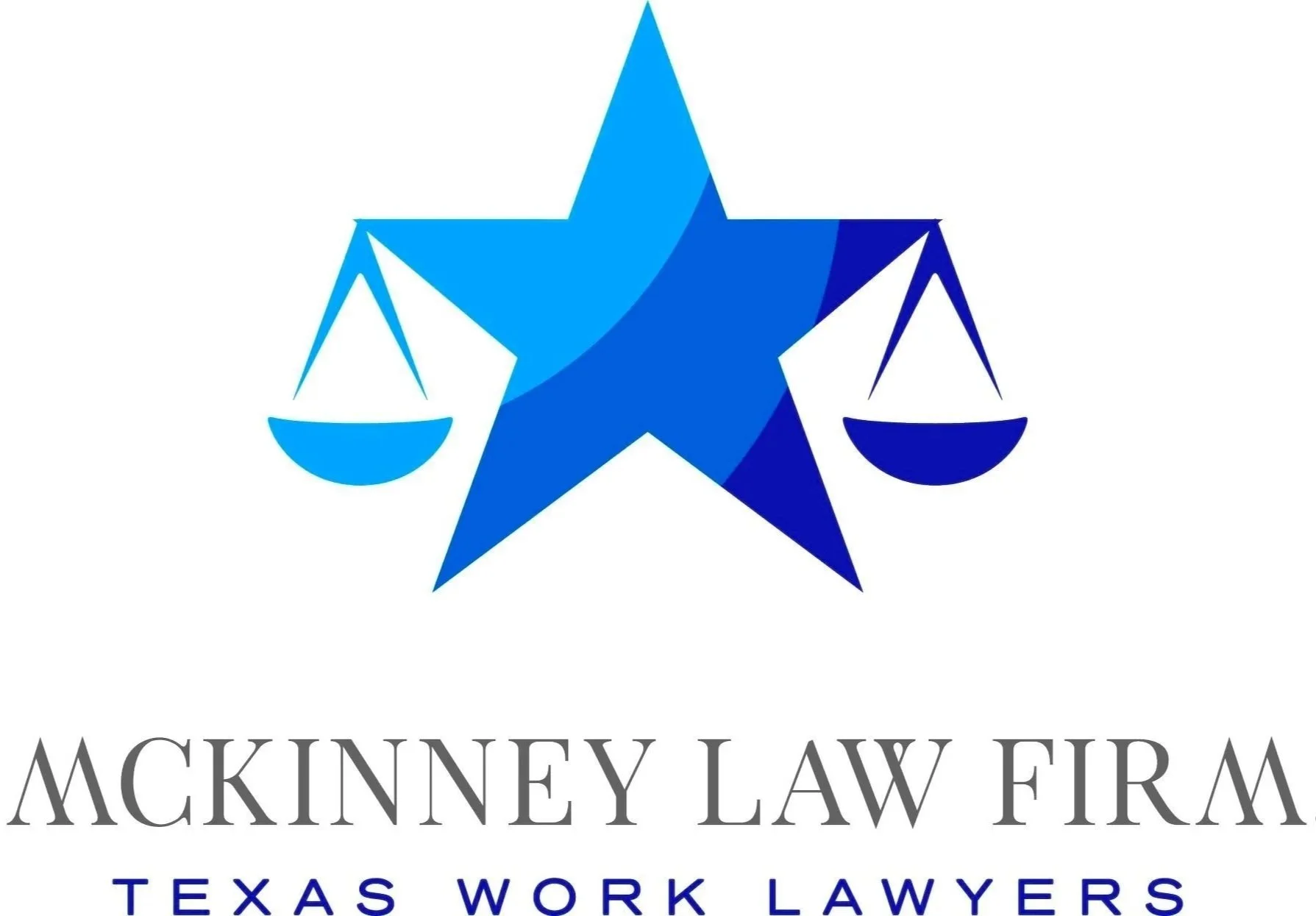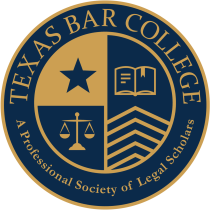Details Of The New Families First Coronavirus Response Act (“FFCRA”) That Goes Into Effect April 1st
/Congress Passes Legislation Expanding Family and Medical Leave Availability and Providing for Paid Leave in Certain Situations
LEAVE AVAILABLE FOR EMPLOYEES WHO ARE CARING FOR THEMSELVES OR OTHERS OR WHO CANNOT WORK DUE TO COVID-19
Last week, Congress passed several new laws to help citizens caught in the economic fallout caused by the Covid-19 Coronavirus outbreak. The two most important parts of this legislations for employees are the Emergency Paid Sick Leave Act (“EPSLA”) and the Emergency Family and Medical Leave Expansion Act (“EFMLEA”). Importantly, both the EPSLA and the EFMLEA only apply to employees of private companies with less than 500 employees and to government employees. Here are the details:
Emergency Paid Sick Leave Act (“EPSLA”)
The EPSLA provides employees with up to two (2) weeks of sick leave if the employee is unable to work, or telework, and the employee:
Is subject to federal, state or local quarantine or isolation order;
Has been advised by a healthcare provider to self-quarantine;
Is experiencing symptoms of COVID-19;
Is caring for a quarantined individual;
Is caring for a minor child whose school or place of care has been closed due to COVID-19; or
Is experiencing any other substantially-similar condition related to COVID-19.
How Much Paid Sick Leave Can I Receive?
The employee’s leave must be paid at the employee’s regular rate of pay or minimum wage, whichever is greater, for uses 1-3 above. It must be paid at two-thirds of the employee’s regular rate of pay for uses 4-6 above.
Paid leave is capped at $511 per day ($5,110 aggregate total) for uses 1-3 above. Paid leave is capped at $200 per day ($2,000 aggregate total) for uses 4-6 above.
Emergency Family and Medical Leave Expansion Act (“EFMLEA”)
The EFMLEA expands the normal FMLA to cover employees of all employers of less than 500 employees (the normal FMLA only applied to employers with at least 50 employees). It also provides for paid leave under some limited circumstances (the normal FMLA only provides for unpaid leave). Here are some important details:
Employees of any size employer can now take unpaid FMLA leave for the same reasons that employees of larger employers could always take such leave (caring for self or immediate family member for a serious health condition (including COVID-19).
Employees of employers who have fewer than 500 employees can now take FMLA leave in order to care for a minor child if the child’s school or place of care has been closed or the child care provider is unavailable due to a public health emergency related to COVID-19.
NOTE: This only applies if the employee is NOT able to work or telework.
Just like the normal FMLA, employees’ jobs are protected (subject to certain exceptions discussed in the notes below).
Is Any Of This New EFMLEA Leave Paid?
Employees who are taking leave to care for a child pursuant to No. 2, above, receive pay as follows:
First 2 weeks (10 workdays) are unpaid.
After 10 days, employee is paid at two-thirds (2/3) of the employee’s regular rate of pay. This amount is capped at $200 per day and $10,000 total.
Leave for any reason other than caring for a child pursuant to No. 2, above, is unpaid just like under the normal FMLA
Notes for Both the EPSLA and the EFMLEA:
Both the EPSLA and the EFMLEA become effective on April 2, 2020.
Both the EPSLA and the EFMLEA only apply to employees of private companies with less than 500 employees and to government employees.
The legislation has built in exemptions for certain situations in which providing the leave required would “jeopardize the viability of the business as a going concern” (in the case of the sick leave required of employers with fewer than 50 employees under the EPSLA) or the employees job has been eliminated and reasonable efforts to find a comparable job were unsuccessful ( in the case of the EFMLEA return-to-work requirement for employers of less than 25 employees). They exemptions have not yet been set out in regulations and will likely be the subject of legal disputes down the line due to their subjective nature.
Under the FFCRA, employers will receive a refundable tax credit against payroll taxes for each calendar quarter in an amount equal to 100 percent of the qualified sick leave wages that the employer pays with respect to that calendar quarter.
Employers may not discriminate or retaliate against employees who take paid sick leave or emergency FMLA leave.









